What is Planet Nine: The Resolved Mystery
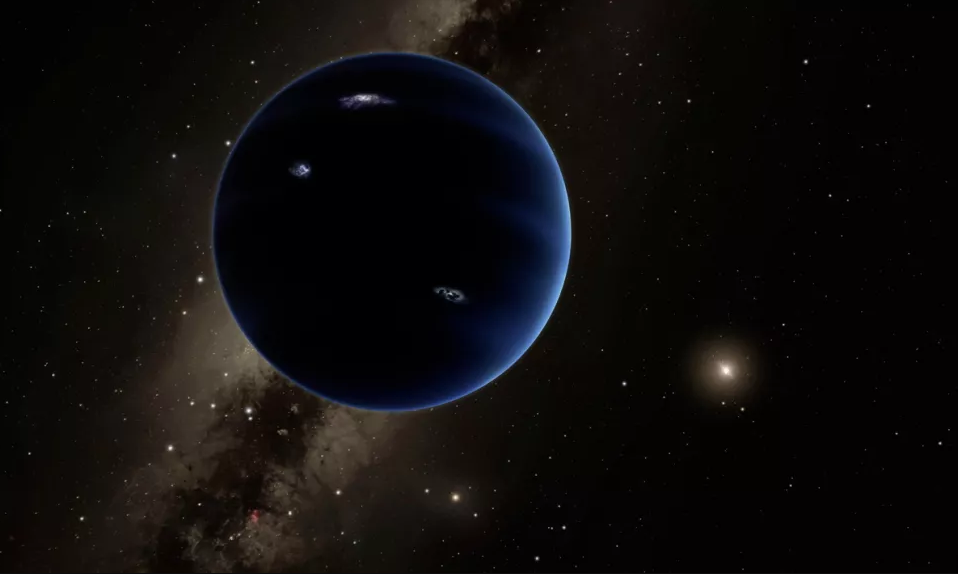 |
| Artist's illustration of Planet Nine, a world about 10 times more massive than Earth that may lie undiscovered in the far outer solar system. (Photo: Caltech) |
December 15 saw the world's excitement over the search of a planet placed 336 light-years from Earth, which was claimed to be "evidence of Planet Nine". Scientists have been hunting for the hypothetical Planet Nine for years. The new characterization of this alien planet by the Hubble Space Telescope shows that worlds like the theoretical planet can exist in other solar systems.
So, there raised the question: What is the so-called Planet Nine? Why does it make such a big deal in astrophysics? Let's find out below!
What is Planet Nine?
The possibility that Planet Nine, the ninth planet in the solar system, could exist as a large, new planet lingering in the solar system's outermost reaches has excited both scientists and the general public for the past few years. However, Space.com reports that astronomers have not discovered any new planets in that region despite years of searching.
In the enigmatic far reaches of our solar system, there may be a giant planet called Planet Nine that has not yet been found. From the tilt of the sun's spin axis to the apparent clustering in the orbits of small, icy asteroids beyond Neptune, the existence of Planet Nine has been proposed as an explanation for a variety of phenomena. Nobody has really seen Planet Nine, so it is still purely hypothetical. That doesn't mean, however, that scientists aren't looking for it.
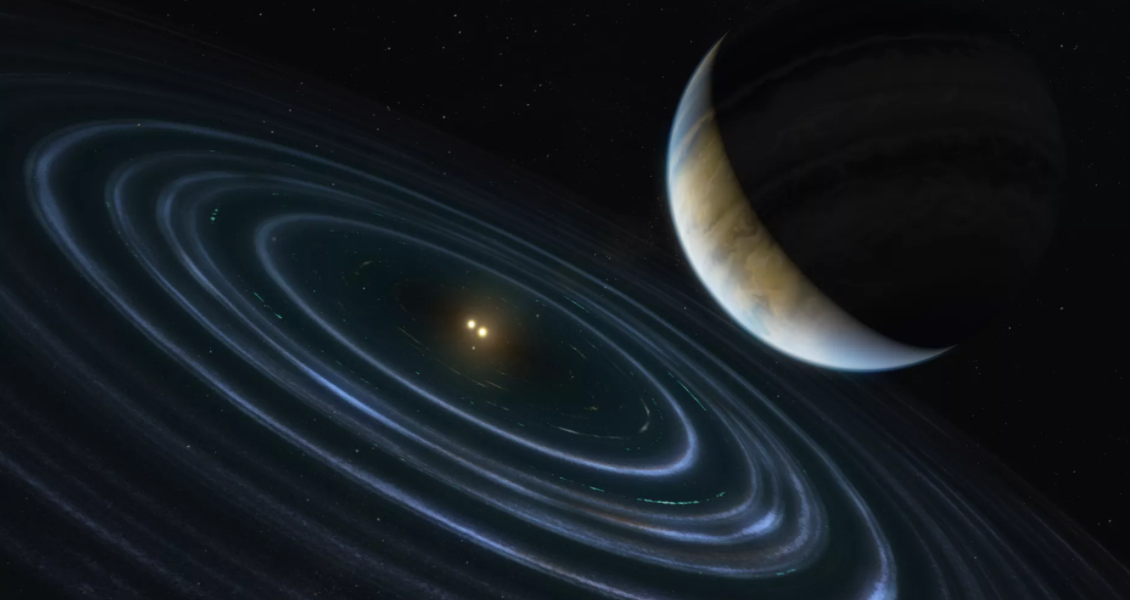 |
| Planet Nine is a theoretical, undiscovered giant planet in the mysterious far reaches of our solar system. (Photo: Axios) |
Why such planet significant?
An astronomical unit, or AU, is the distance between the Earth and the sun. The Kuiper Belt is a group of tiny, icy bodies that orbit the sun beyond Neptune at distances greater than 30 AU. The sizes of these Kuiper Belt objects (KBOs) vary from massive boulders to 2,000 km (or 1,200 miles) in diameter. Like the asteroid belt, KBOs are tiny fragments of leftover planetary material that were never integrated into planets.
The orbits observed in the Kuiper Belt can only have formed if Neptune first formed a few AU closer to the sun and then migrated outward to its current orbit, according to mathematical calculations and in-depth computer simulations. With the exception of a small number of KBOs on extreme orbits that consistently remain at least 10 AU beyond Neptune, EarthSky claims that Neptune's migration accounts for the ubiquity of highly elliptical orbits in the Kuiper Belt and can account for all KBO orbits we have observed.
The best evidence for Planet Nine has come from these extreme orbits. Some dwarf planets and other small, icy objects in the Kuiper Belt have been observed by astronomers to have orbits that tend to cluster together. The Caltech team hypothesized that a sizable, undiscovered planet might be lurking far beyond Pluto by examining these orbits.
Researchers stated in October 2016 at a joint meeting of the European Planetary Science Congress and the Division for Planetary Sciences of the American Astronomical Society in Pasadena, California, that Planet Nine may have tilted the entire solar system. The tilt of the eight planets in the solar system with respect to the sun's equator is approximately 6 degrees. According to computer simulations, during the solar system's 4.5 billion-year history, an object the size of Planet Nine may have caused the tilt.
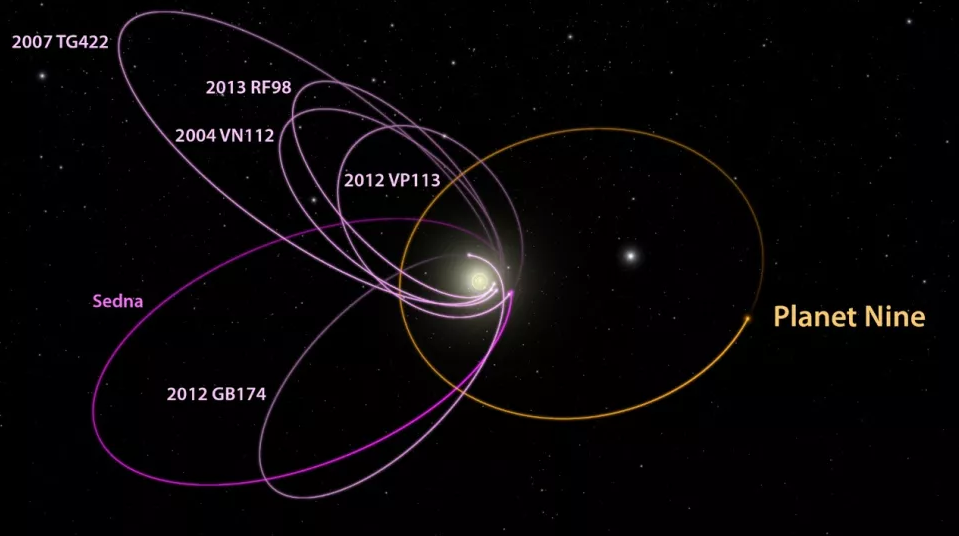 |
| The potential orbit of Planet 9, illustrated with the existing orbit of several trans-Neptunian objects. (Photo: Caltech) |
Attempts to find a "Planet Nine"
After Neptune was discovered in 1846, there was a lot of conjecture that there might be another planet outside of its orbit. The most well-known of these theories postulated the presence of a far-off planet affecting Neptune and Uranus' orbits. American scientist Percival Lowell conducted a thorough analysis to determine the potential orbit and location of the hypothetical trans-Neptunian planet. In 1906, he launched a comprehensive search for it. He referred to the fictitious object as Planet Nine or Planet X.
After a brief reflection, it's clear why we haven't spent much time studying the area of the solar system beyond Neptune's orbit: astronomy out here is difficult because the objects we're trying to find are a) extremely small and b) extremely far away. It makes them difficult to identify.
Caltech astronomers Mike Brown and Konstantin Batygin revealed new findings in January 2015 that show proof of a massive planet in the outer solar system that is following an oddly extended orbit. Rather than coming directly from observation, the prediction is based on intricate mathematical modeling and computer simulations. At least five smaller objects found in the far-off Kuiper Belt have unusual orbits that may be explained by this massive object.
Scientists at Caltech estimate that Planet X may be roughly ten times as massive as Earth and as big as Neptune or Uranus. When compared to Neptune, which orbits the Sun at an average distance of 2.8 billion miles, the predicted orbit is typically about 20 times farther from our Sun. A single full orbit of the Sun would take this new planet between 10,000 and 20,000 years to complete (an orbit around the Sun is completed by Neptune approximately every 165 years).
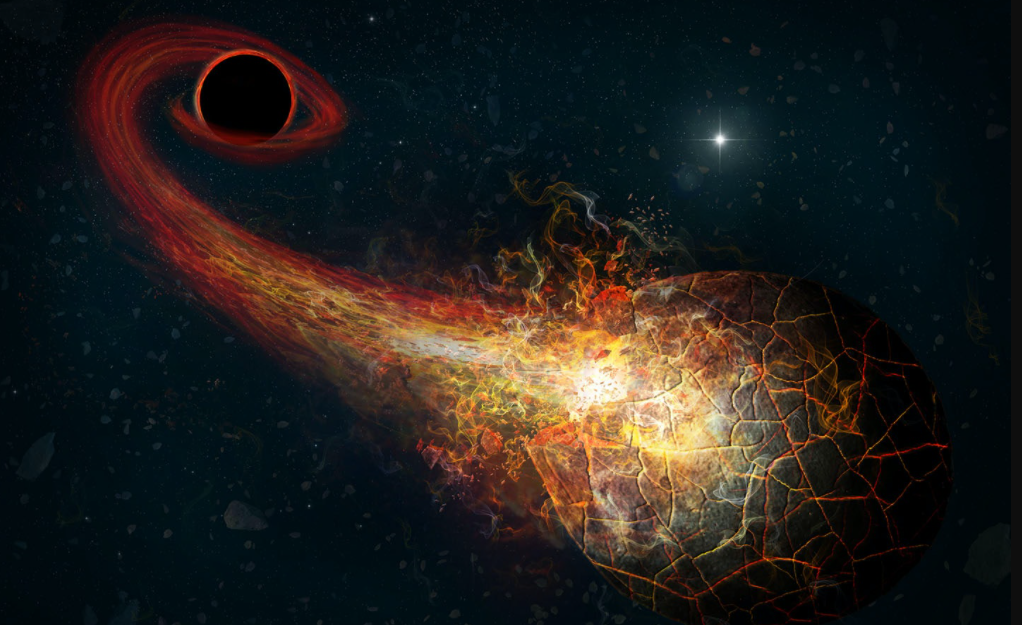 |
| An artist's concept of accretion flares emitted from the encounter of an Oort-cloud comet and a hypothesized black hole in the outer Solar System. (Photo: Inverse) |
Yet the solar system remains eight
Despite all the efforts scientists make to find the so-called Planet Nine, conflicting theories persist.
The strategy has some historical precedent, as the discovery of Neptune resulted from the inability to explain Uranus' orbit. Subsequently, additional space objects have been discovered following the same peculiar, grouped orbits. However, no photo of the purported ninth planet has been captured by astronomers in the years since the news of its existence broke. Which isn't too concerning, at least not just yet: if Planet Nine exists, it is difficult to detect because it is extremely far away and small (relatively speaking).
Some scientists contend that it is difficult to reconcile the formation of the solar system as we currently understand it with the possibility of a ninth planet. Of course, astronomers can try to fit in a ninth planet (perhaps by claiming that it is an expelled failed planet core or a captured rogue exoplanet), but the more convoluted the picture becomes, the more difficult it is to accept.
Scientists step closer to learning more about Planet Nine
According to a recent study, a planet discovered 336 light-years from Earth may be able to shed light on the mystery surrounding the existence of a massive "Planet Nine" that may be hiding in our solar system's periphery. Astronomers have measured the motion of a massive planet resembling Jupiter that is orbiting far from its host stars and visible debris disk thanks to data from the Hubble Space Telescope.
According to a news release from NASA's Goddard Space Flight Center, the discovery of the exoplanet, known as HD 106906 b, is proof that such bizarre orbits are conceivable even though the hunt for a Planet Nine is still ongoing. "This system draws a potentially unique comparison with our solar system," said Meiji Nguyen of the University of California, Berkeley, the study's author, in a statement to the space flight center, which Newsmax quoted. The study was published in The Astronomical Journal. As predicted for Planet Nine, it is eccentric and highly misaligned, with a wide separation from its host stars. This raises the question of how these planets came to be in their current configuration through formation and evolution."
According to the space flight center report, the system in which this gas giant is located is 15 million years old. This implies that, if Planet Nine is real, it may have formed very early in the 4.6 billion-year history of our solar system. Team member Paul Kalas told the space flight center, "It's as if we have a time machine for our own planetary system going back 4.6 billion years to see what may have happened when our young solar system was dynamically active and everything was being jostled around and rearranged."
According to the space flight center, researchers intend to gather information about the exoplanet using NASA's upcoming James Webb Space Telescope in order to gain a deeper understanding of it.
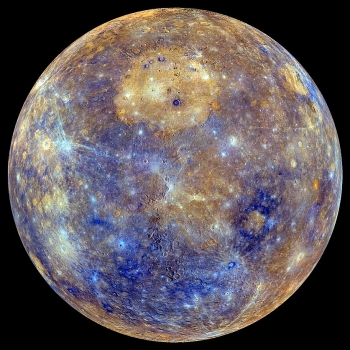 Facts about Mercury: Top Amazing Things Facts about Mercury: Top Amazing Things Mercury is the closest planet to the Sun and due to its proximity, it is not easily seen except during twilight. If you are curious ... |
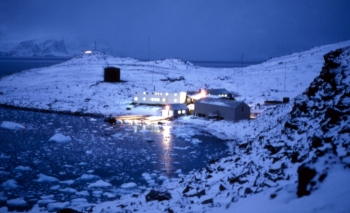 Top 7 Loneliest Places on the Planet Top 7 Loneliest Places on the Planet There are times when you want to leave everything behind and looking to take a break from the ongoing societal craps in your life, you ... |
 What day is 'Universal Children's Day': History and Celebration What day is 'Universal Children's Day': History and Celebration Universal Children's Day was first established in 1954 by the United Nations on a day like today, November 20th, in order to promote unity and .. |


























